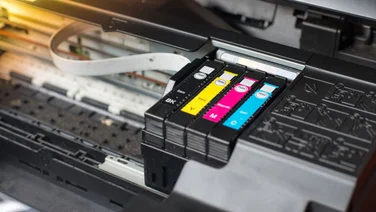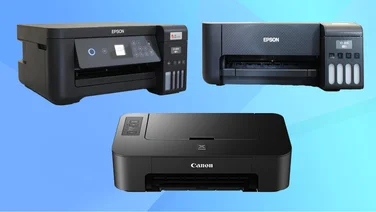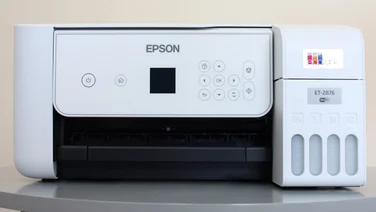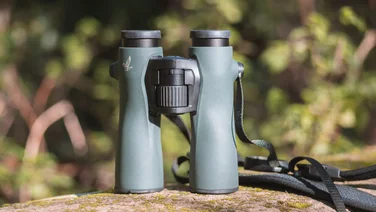To help us provide you with free impartial advice, we may earn a commission if you buy through links on our site. Learn more








An SLR sensor in a compact body is an appealing prospect, and the GF2’s classic rangefinder-inspired styling makes it even more so. It’s a similar size and weight to the Sony NEX-5. Both are available with a choice of wide-angle pancake lens or bulkier 3x zoom lens. They both offer a full complement of manual controls, but the GF2 brings these features to the fore with a command dial and buttons for ISO speed, white balance and focus mode.

Best of all is the ability to specify the focus point via the touchscreen, with the choice of locking to that area or tracking subjects as they move around the frame. Performance is firmly in SLR territory, and there’s a conventional shoe for an external flashgun plus an integrated pop-up flash.

This second-generation model is smaller and lighter than the GF1 but this comes with some sacrifices. The battery is smaller and lasts for 320 rather than 380 shots. The exposure mode dial has gone, although mode selection via the touchscreen was just as quick. The disappearance of the drive mode dial and buttons for auto/manual focus, AF/AE lock, display options and depth-of-field preview are more regrettable, though.
Another major change over the GF1 is a new kit lens with an f/2.5 aperture and wide-angle 28mm-equivalent focal length. It’s remarkably small and light but we prefer the f/1.7, 40mm-equivalent lens that came with the GF1 – it’s a whole stop brighter and the narrower field of view makes more sense for a fixed-zoom camera.
The new lens does have one key advantage over its predecessor: silent operation. This meant that continuous autofocus didn’t blemish videos’ soundtracks. It was smooth and quick, too, especially with the help of the touchscreen spot-focus function. With 1080p AVCHD capture and high quality stereo sound, video quality is a big upgrade on the 720p, mono GF1, and marginally better than the NEX-5 too. The video mode is fully automatic, though, ignoring all exposure settings except for compensation.

The sensors in Micro Four Thirds cameras such as this are a little smaller than APS-C sensors used in most consumer SLRs and the Sony NEX-5. That equated to more noise. Even at ISO 100, photos were a little grainy in places. By ISO 800, the NEX-5 was showing a clear advantage. To make matters worse, neither the 14mm lens nor the GF2 body has optical stabilisation, so using slower shutter and ISO speeds in low light resulted in blur. The same is true of the NEX-5 and its pancake lens, though. The GF2 also captured less detail than the NEX-5. That wouldn’t normally bother us too much, but the wide-angle lens means it’s likely that some photos will be heavily cropped on a PC.
There’s plenty to like about the GF2, and anyone who values hands-on control or wants to be able to trigger external flashes should choose it over the NEX-5. However, with the NEX-5 delivering superior photos for £100 less (with equivalent lenses), the GF2 can’t compete for value.





